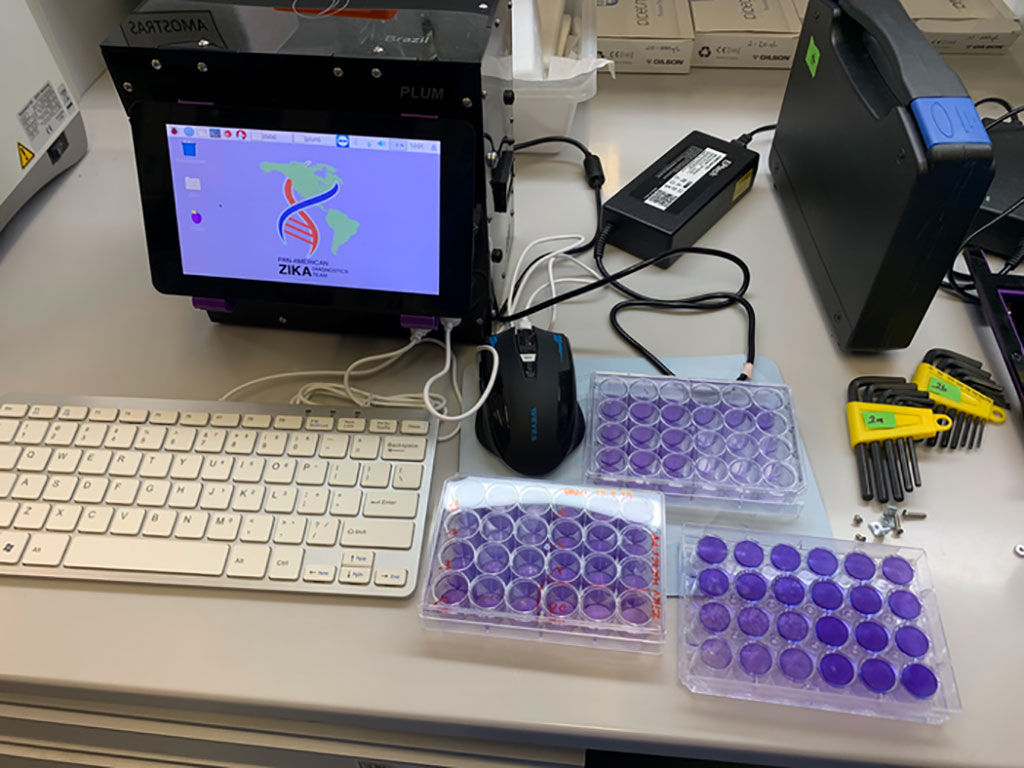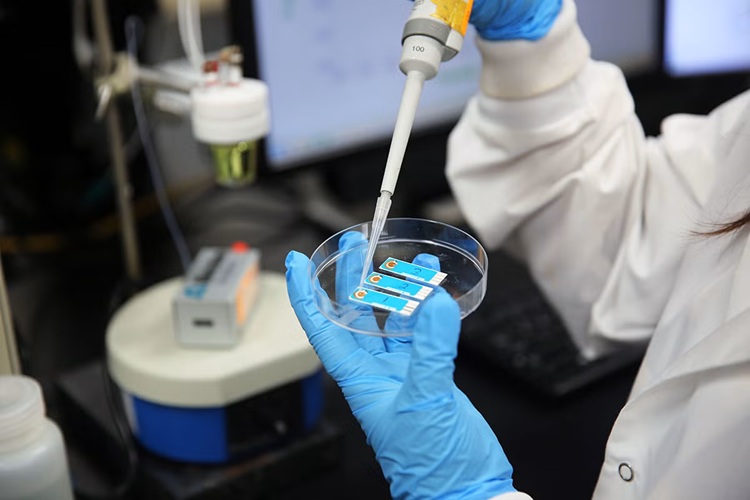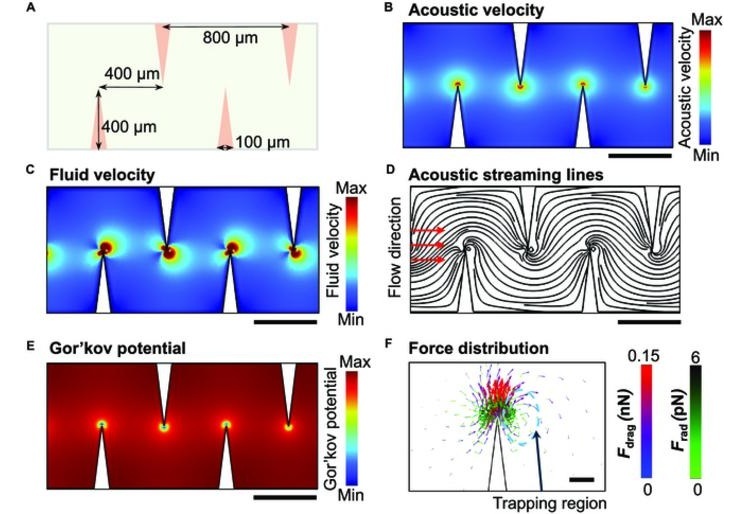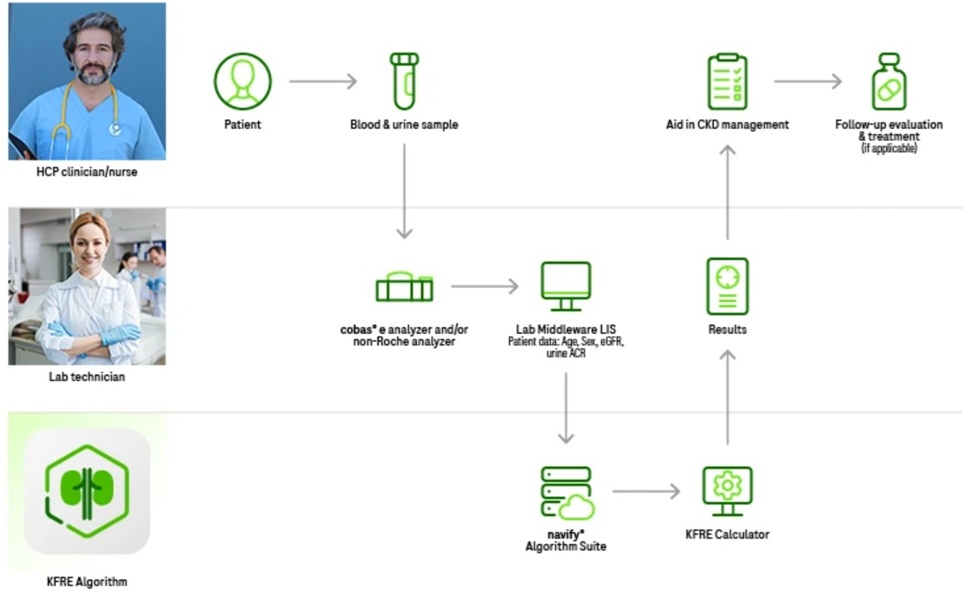Paper-Based Portable Diagnostic Platform Accurately Detects Mosquito-Borne Diseases Under Field Conditions
Posted on 09 Mar 2022
Field trails conducted in Latin America have shown that a paper-based portable diagnostic platform could accurately detect patients with mosquito-borne diseases with sensitivities equivalent to laboratory PCR tests.
In low-resource settings, resilience to infectious disease outbreaks can be hindered by limited access to diagnostic tests. In response to this limitation, investigators at the University of Toronto (Canada) and the biotech company LSK Technologies (Toronto, Canada) developed a portable diagnostic platform that was a combination of a cell-free, paper-based test and a field-ready companion device that allowed data to be collected using image-based color analysis. Called “PLUM” (Portable, Low-cost, User-friendly, Multimode), the conveniently-sized reader presented results from up to 384 samples and displayed them in a single image capture.

In the initial studies, the platform was optimized for detection of first Zika and then chikungunya viruses with reagents that could be freeze-dried, allowing for distribution without refrigeration
Using RNA extracted from the serum of patient samples collected in Brazil, the investigators found that the combined PLUM reader and paper-based Zika sensor provided analytical sensitivity and specificity for the Zika virus equivalent to RT–qPCR (quantitative real-time PCR) with a diagnostic accuracy of 98.5%. The investigators then demonstrated that by simply changing the molecular components that confer specificity to the assay, they could detect the chikungunya virus with 98.5% accuracy.
“We see emerging diagnostics, like the paper-based tests we have developed, as having tremendous near-term potential to augment existing PCR capacity, improve equity in access to health care, and aid in the responses to public health crises,” said senior author Dr. Keith Pardee, assistant professor of pharmaceutical sciences at the University of Toronto.
A sticking point delaying the field use of the PLUM system is that the extraction of RNA from patient samples requires liquid handling by skilled technicians. “With performance on patient samples now validated, we are tackling these next challenges, like sample preparation, so that the platform and PCR-like diagnostic capacity can be distributed more broadly into the communities where they are needed,” said Dr. Pardee.
The Zika virus field test was described in the March 7, 2022, online edition of the journal Nature Biomedical Engineering.
Related Links:
University of Toronto
LSK Technologies














